|
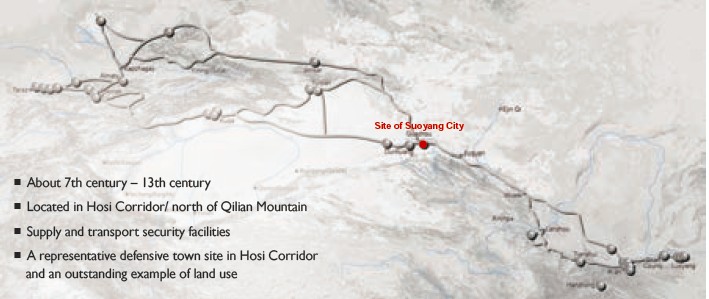
(1) Contribution to the Silk Roads' OUV
The site of Suoyang City was the
transportation hub on the ancient Silk Roads, linking the Central China with the
Western Regions. As an outstanding example of land use in Hosi Corridor, it is
a representative defensive town safeguarding long-distance transportation and communication,
demonstrating mankind’s dependence, utilization and transformation of natural
environments of Gobi deserts, and closely involved in trade and commercial
activities along the Silk Roads.
(2) General Information
The site of Suoyang city is located 62km
southeast of Guazhou county, Jiuquan city, Gansu province, in the Gobi desert.
The ruins are adjacent to Changshanzi Hill on its south, an extension of the
Qilian Mountains. Shule River and Yulin River flow past the east and west sides
of the site respectively. The property area of Suoyang city covers 15,788.6
hectares. Historical remains include City Remains, Ancient Canal and
Reclamation, Tombs and Ta'er Temple. Initial archaeological surveys and excavations
indicate that the site of Suoyang City dates back to the 7th to the 13th
century86, presumably the site of ancient Guazhou Prefecture during the Tang
Dynasty. The City Remains contains the inner city, outer city, and two fortress
sites at the northwest corner of the outer city. The inner city and outer city
are of irregular square shapes. The inner city covers an area of about 285,000
square meters, and a partition wall divides it into the east and west parts.
Remains of facilities like city gate, barbican, Mamian (horse-faced bulge wall
for defense) and turret have been discovered. An east-west partition wall in
the northwest of the outer city divides the outer city into two parts, the
north and south parts. Yangmacheng, a wall of 20 to 30 meters has been found
outside the inner city wall on the east and north sides respectively, which was
built as defense fortifications. The two fortresses, located at the northwest
corner of the outer city, are square-shaped structures of rammed earth, with a
distance of 80 meters between them.
The Remains of Ancient Canal and
Reclamation are distributed around the city, including the dredging system, dams,
trunk canal, branch canal, lateral canal and sublateral canal. The total length
of trunk canal and branch canal is about 90km, which irrigated about 60 square kilometers
of arable land. The Tombs of Suoyang City are located on the south and
southeast of the Suoyang city. A total of 2106 tombs have been discovered in an
area of 5km north-south wide and 16km east-west long. They are mainly Tang
Dynasty tombs. Tri-color potteries of horses, camels and human figurines, beast
statues guarding tombs, silk fabrics, porcelain and coins have been discovered
in the tombs. In addition, the site of Ta'er Temple has been discovered 1km
east of the City. It is a large Buddhist temple covering an area of 15,000
square meters. Archaeological excavations indicate that it may be a historic
remain dating back to the period between the Tang Dynasty and the Western Xia
Dynasty(1038-1227)87. Remnants of a conicalshaped pagoda stand in the center of
the site, which is made from adobe and covered by white lime, featuring an
overturn-bowl structure. Remnants of eleven smaller pagodas remain in the
northern side of the big pagoda.
(3) Attributes
In ancient times, water conservancy
facilities of Suoyang City diverted the water of Shule River to surrounding areas,
irrigating lands totaling 60 square kilometers and forming an agricultural
irrigation system and an oasis developed through immigration and land
cultivation. These conservancy facilities reflect interaction between man and
nature and guarantee long-distance arduous journeys along the Hosi Corridor which
stretches up to 1000 kilometers. As an outstanding example of land use in arid
areas, the site’s land development pattern, along with its surrounding
heritages, also corroborate the construction history of a system of central
towns and forts along the Hosi Corridor built based on Shiyang River, Hei River
and Shule Rivers in the Qilian Mountains since Han Dynasty. The double walls of
the inner and outer cities and the barbican, mamian, turret and forts built on
walls, compose a well-preserved city defense system. Along with the ancient
land cultivation area developed with irrigation technology, the town provided
important safety and logistic guarantees for transportation and cultural exchanges
along the Silk Roads. As a representative defensive town, this historic site
bears witness to the defense system in the overall transportation guarantee system
of the Empire in Central China.
Cultural relics unearthed from tombs in the
site of Suoyang City include silk fabrics, potteries of camels and barbarian
figurines, Kaiyuantongbao coins of Tang Dynasty and more. These unearthed
objects demonstrate the city’s close link with prosperous commercial and trade activities
along the Silk Roads during the Tang Dynasty. The site of Ta'er Temple,
featuring characteristic layouts and conical-shaped pagoda structures, reflect
the spread of Buddhism in Hosi Corridor during the period between the Tang
Dynasty and the Westem Xia Dynasty. 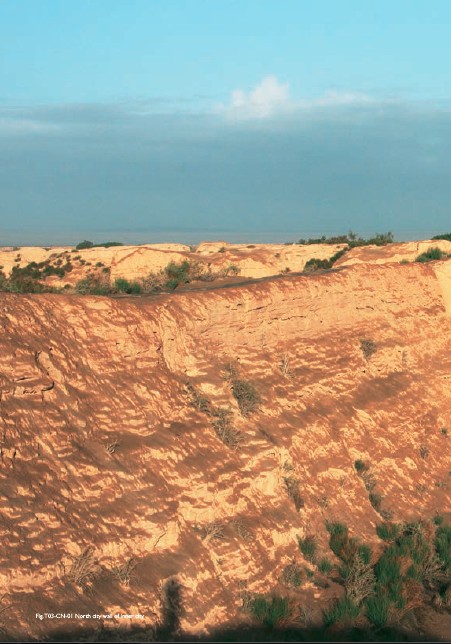
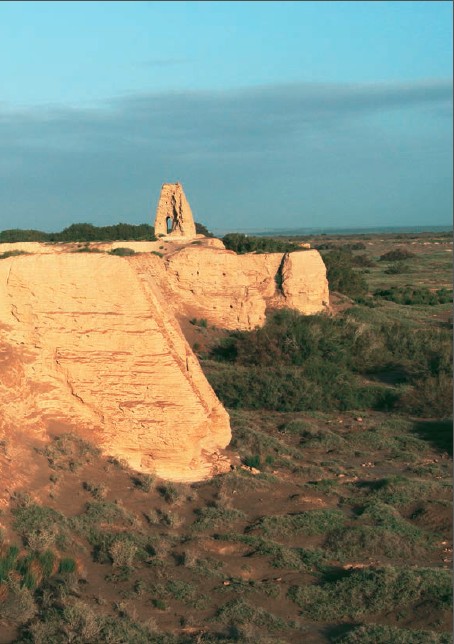
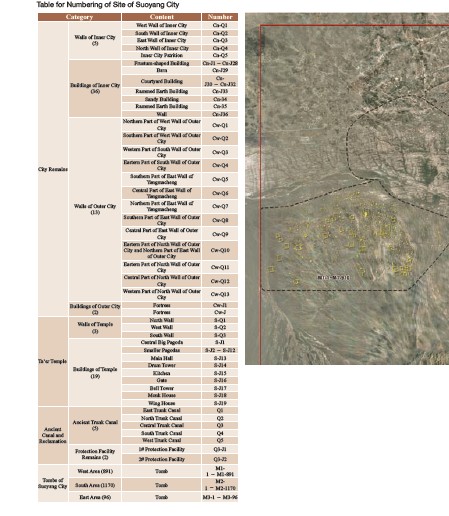
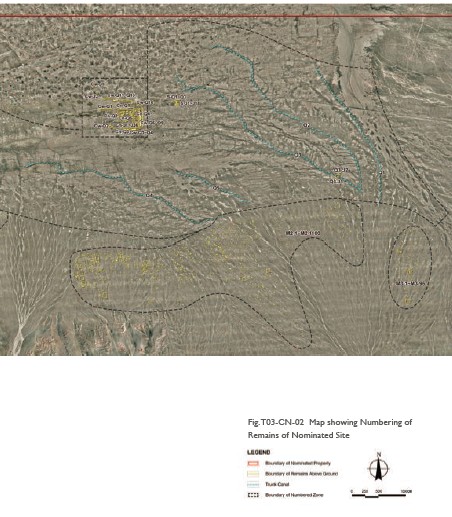
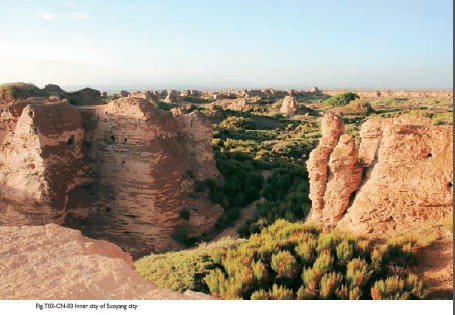
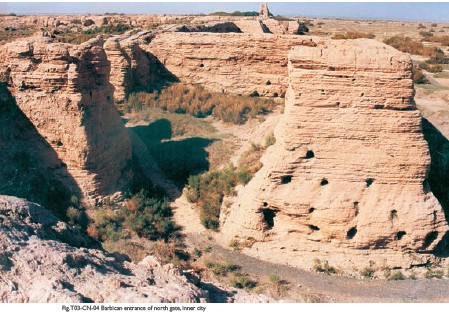
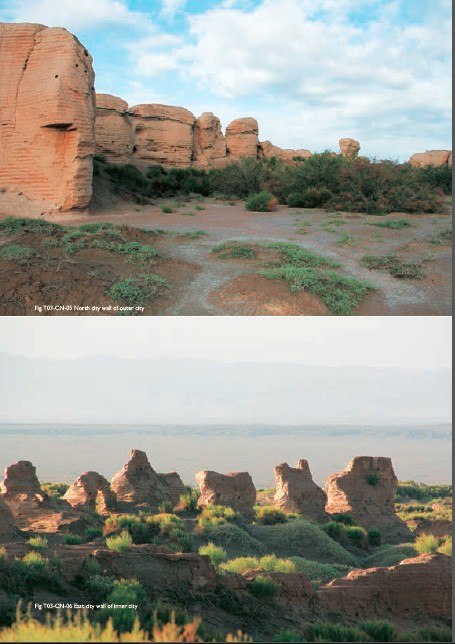
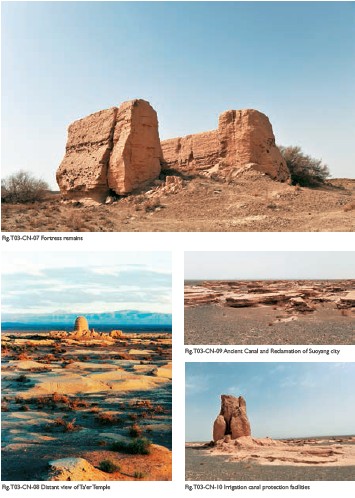
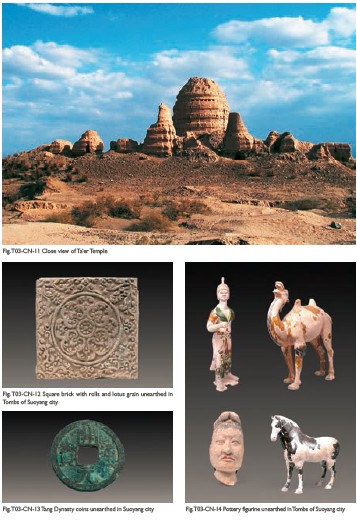
|  |Archiver|小黑屋|丝路遗产丝绸之路:长安天山廊道的路网
( 陕ICP备07011065号-3 )
|Archiver|小黑屋|丝路遗产丝绸之路:长安天山廊道的路网
( 陕ICP备07011065号-3 )